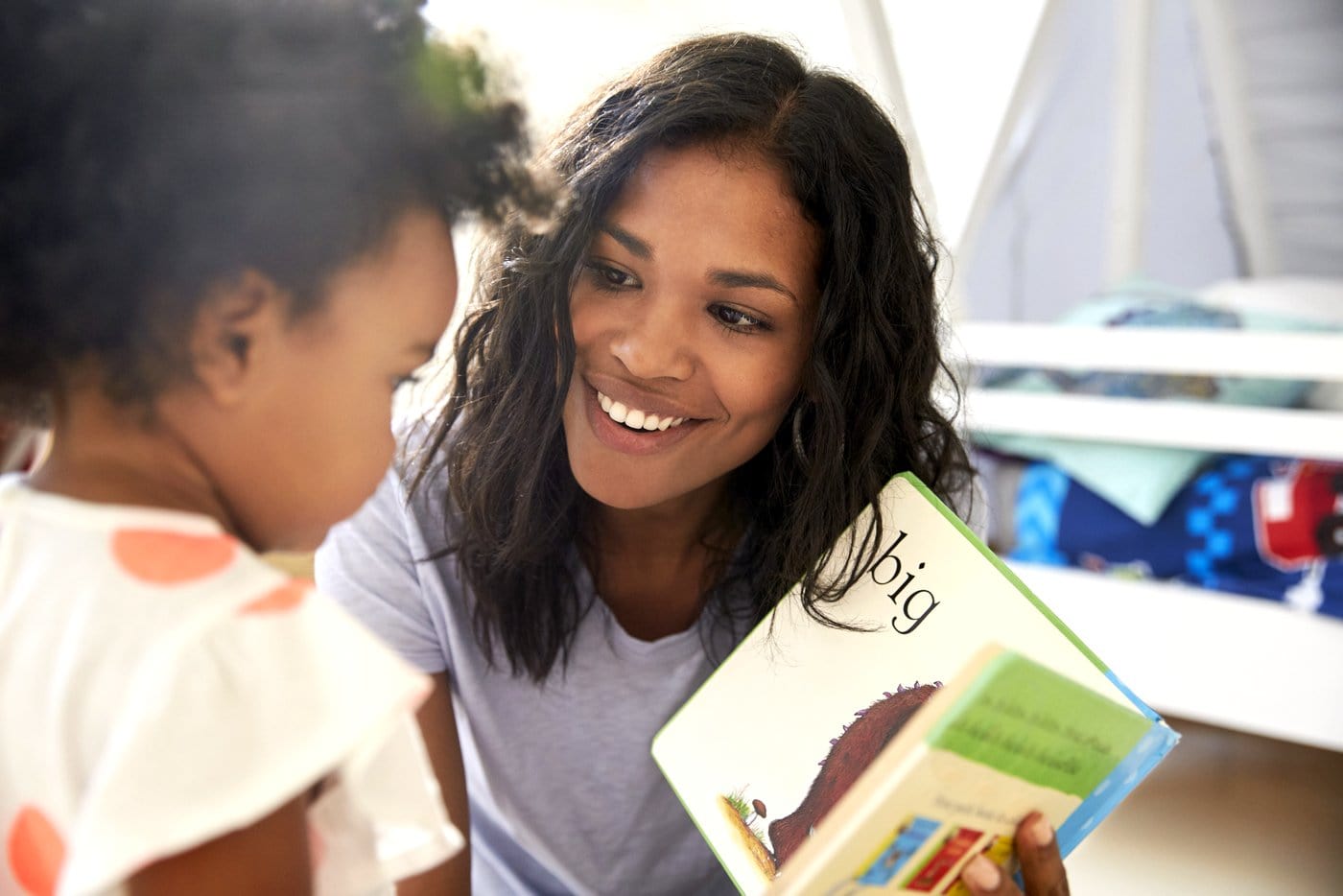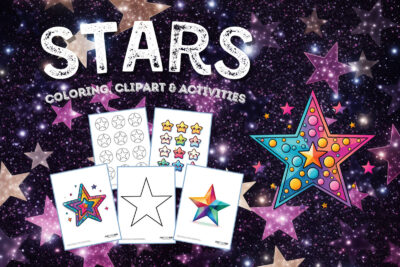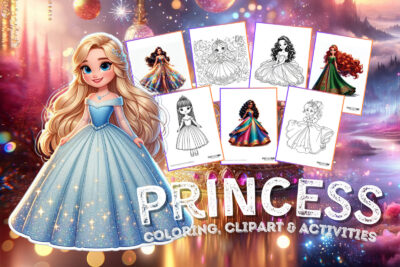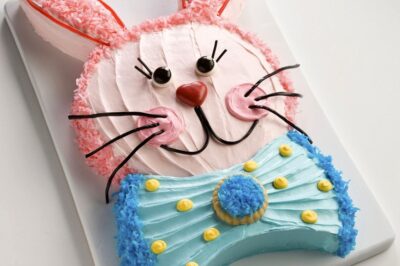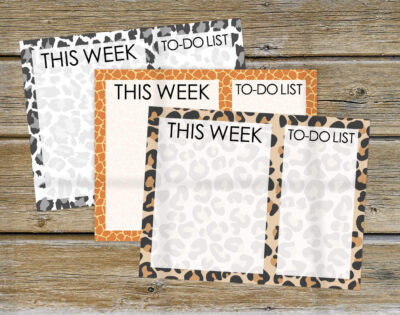The single most important way for children to develop the knowledge they need to become successful readers later is for you to read aloud to them often — beginning when they are babies.
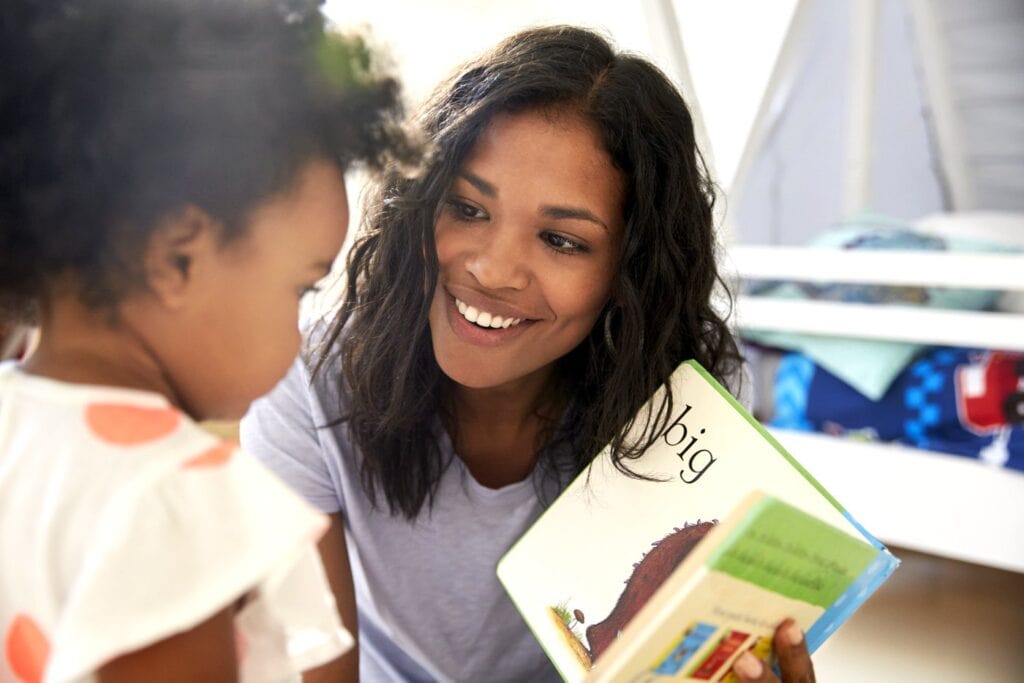
What you need
- Board books, predictable books and books that label and name concepts (such as colors, numbers, shapes)
- A children’s dictionary (preferably a sturdy one)
- Paper, pencils, crayons, markers
What to do to help your child learn to love books
From the time your child is born, make reading aloud to your child a part of your daily routine. Pick a quiet time, such as just before you put him to bed. This will give him a chance to rest between play and sleep. If you can, read with him in your lap or snuggled next to you so that he feels close and safe. As he gets older, he may need to move around some as you read to him.
If he gets tired or restless, stop reading. Make reading aloud a quiet and comfortable time that your child looks forward to.
Try to read to your child every day. At first, read for no more than a few minutes at a time, several times a day. As your child grows older, you should be able to tell if she wants you to read for longer periods.
Don’t be discouraged if you have to skip a day or don’t always keep to your schedule. Just get back to your daily routine as soon as you can. Most of all, make sure that reading stays fun for both of you!
Give your baby sturdy board books to look at, touch and hold. Allow him to turn the pages, look through the holes or lift the flaps. As your child grows older, have books on shelves or in baskets that are at his level. Encourage him to look through the books and talk about them. He may talk about the pictures and he may “pretend” to read a book that he has heard many times.
For a late toddler or early preschooler, use reading aloud to help him learn about books and print. As you read aloud, stop now and then and point to letters and words; then point to the pictures they stand for.
Your child will begin to understand that the letters form words and that words name pictures. He will also start to learn that each letter has its own sound-one of the most important things your child can know when learning to read.
As you read, talk with your child. Encourage her to ask questions and to talk about the story. Ask her to predict what will come next. Point to things in books that she can relate to in her own life: “Look at the picture of the penguin. Do you remember the penguin we saw at the zoo?”
Reread favorite books. Your child will probably ask you to read favorite books over and over. Even though you may become tired of the same books, he will enjoy and continue to learn from hearing them read again and again.
Read “predictable” books to your child. Predictable books are books with words or actions that appear over and over. These books help children to predict or tell what happens next.
As you read, encourage your child to listen for and say repeating words and phrases, such as names for colors, numbers, letters, animals, objects and daily life activities. Your child will learn the repeated words or phrase and have fun joining in with you each time they show up in the story. Pretty soon, she will join in before you tell her.
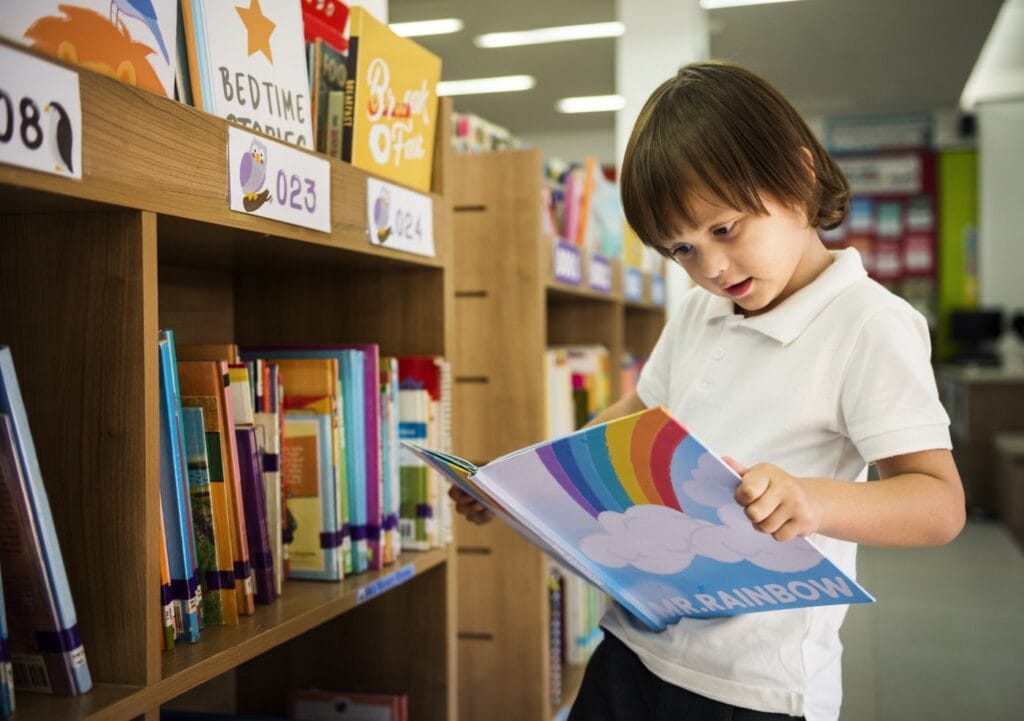
Be enthusiastic about reading. Read the story with expression. Make it more interesting by talking as the characters would talk, making sound effects and using facial expressions and gestures.
Buy a children’s dictionary — if possible, one that has pictures next to the words. Then start the “let’s look it up” habit.
Make writing materials such as crayons, pencils and paper available.
Visit the library often. Begin making weekly trips to the library when your child is very young. See that your child gets his own library card as soon as possible. Many libraries issue cards to children as soon as they can print their names (you’ll also have to sign for your child).
Show your child that you read, too. When you take your child to the library, check out a book for yourself. Then set a good example by letting your child see you reading for yourself. Ask your child to get one of her books and sit with you as you read your book, magazine or newspaper.
Don’t worry if you feel uncomfortable with your own reading ability. It’s the reading that counts. When your child sees that reading is important to you, she may decide that it is important to her, too.
Friends and relatives also can read to your child and volunteers are available in many communities to do the same.

